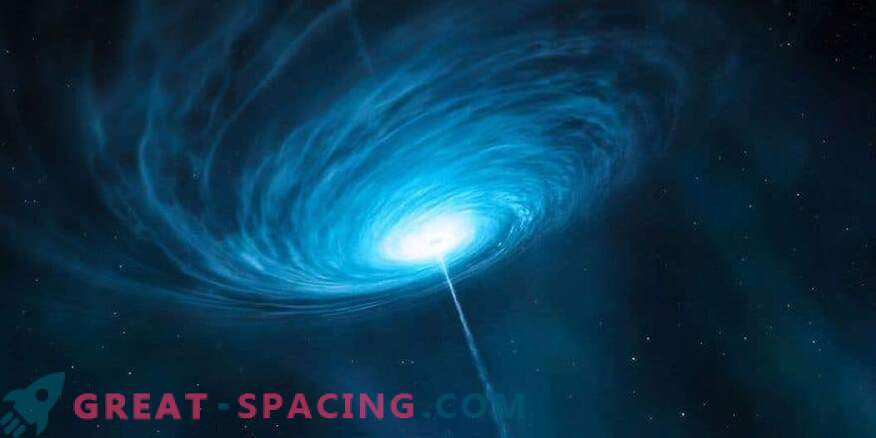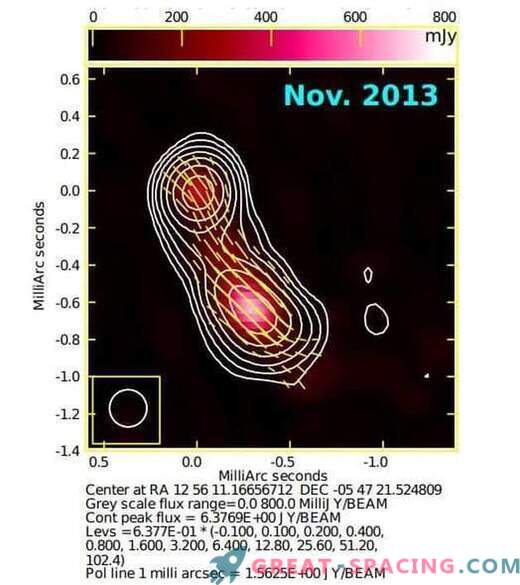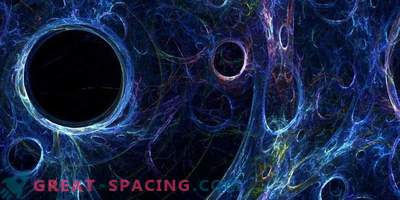
With the help of long baseline interferometry (VLBI), scientists studied the magnetic field topology of Blazar 3C 279, revealing the presence of numerous areas of gamma rays.
Blazars belong to a large group of active galaxies with active nuclei and are considered the most numerous non-galactic sources of gamma radiation. Their characteristic features are relativistic jets directed almost exactly toward the Earth. That is, blazars are perceived as high-energy engines, serving as natural laboratories for studying particle acceleration, plasma relativistic processes, magnetic field dynamics, and black hole physics.
NASA's Fermi Space Telescope is an important tool for studying blazars. It is equipped with a large telescope (LAT), which allows to detect photons with energy from 20 million to 300 billion electron volts. Until now, Fermi was able to find more than 1600 blazars.
Researchers from Goddard Space Flight Center analyzed data from the LAT telescope and the American VLBA array to study 3C 279. The object lives in the Virgo constellation and is one of the brightest variable sources of gamma radiation observed by Fermi.
Polarization visualization of high-frequency radio interferometry (VLBI) helped to study the topology of the magnetic field of compact high-energy regions in blazars. In 3C 279, several gamma-ray areas were found. From November 2013 to August 2014, six gamma-ray flashes were recorded in Blazar. Scientists also examined the morphological changes in the object stream.

Composite image 3C 279. The outlines show the overall intensity, and the color gamut displays the polarized intensity shot. Line segments - EVPA direction
It turned out that the emission of a new component (NC2) during the period of the first three gamma-flares hints that the nucleus is a possible place for high-energy radiation. In addition, the delay between the last three flashes and the release of a new component (NC3) indicates that high-energy emissions are upstream from the 43 GHz core (closer to the black hole).
The findings speak of multiple high-energy dissipation sites in 3C 279. In addition, VLBI is the most promising method for studying high-energy dissipation areas. But scientists added that more observations are needed to fully understand these features and the mechanisms behind them.











































